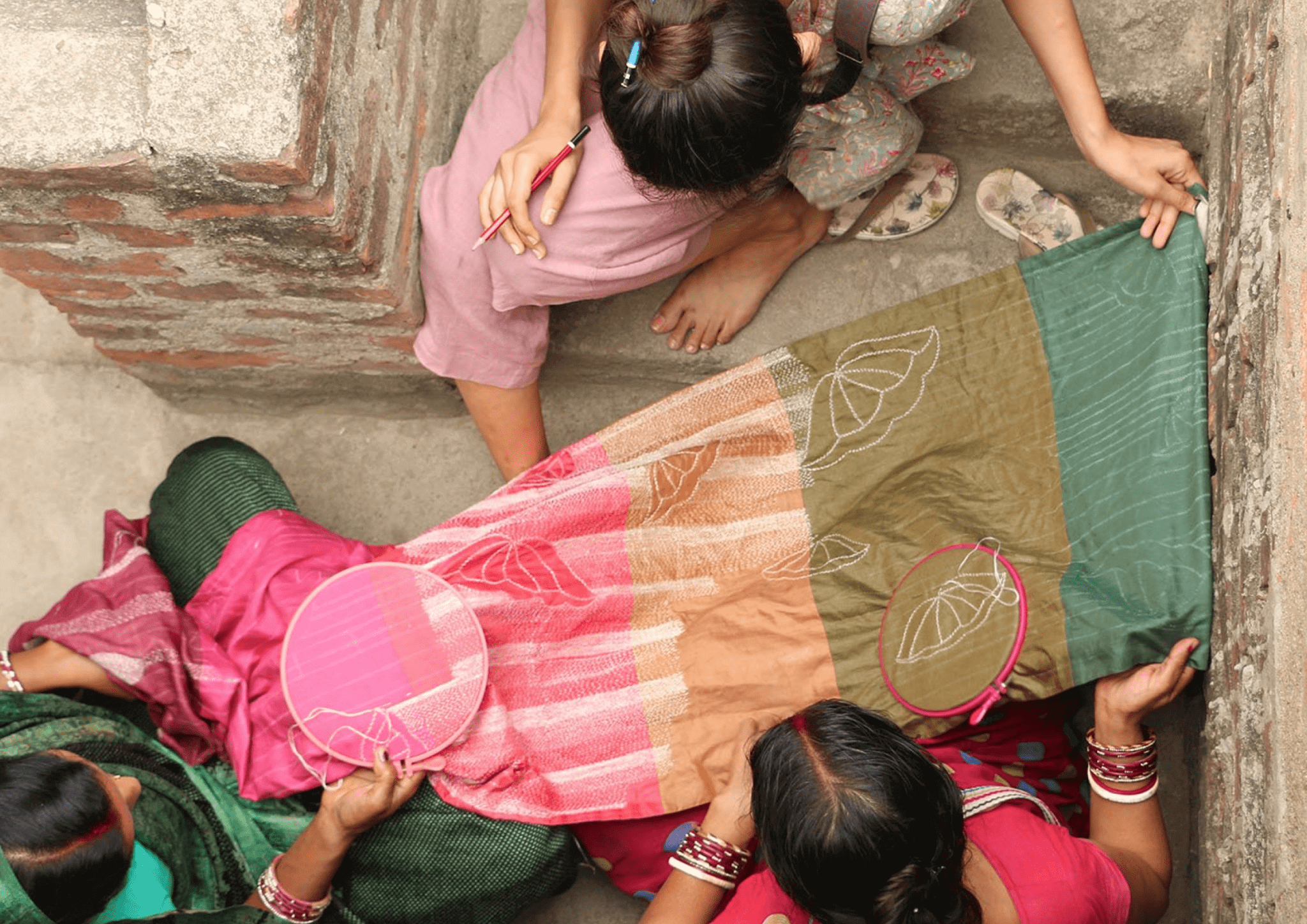Whether it is the splendid Phulkari work of Punjab, the intricate mirror work of Gujarat, or the zardozi embellishments of Awadh, Indian embroidery is a testament to the artisans' creativity, skill, and dedication.
The art is exemplary of craft and technique and represents cultural and religious symbolism — it tells stories, conveys beliefs, and represents regional identities.
The Art of textile design is amidst a moment of change as the influences of Western trends are bringing muter color tones and minimal accents to a historically vibrant and detail-rich art. However, Indian embroidery continues to be celebrated across the globe for its distinctiveness, intricacy, and ability to transform fabrics into breathtaking works of art that can be treasured and admired for generations — like the works of Morii.

 Alt Description is caption - Located by clicking on the image in metafields
Alt Description is caption - Located by clicking on the image in metafields
 Alt Description is caption - Located by clicking on the image in metafields
Alt Description is caption - Located by clicking on the image in metafields
 Alt Description is caption - Located by clicking on the image in metafields
Alt Description is caption - Located by clicking on the image in metafields
 Alt Description is caption - Located by clicking on the image in metafields
Alt Description is caption - Located by clicking on the image in metafields